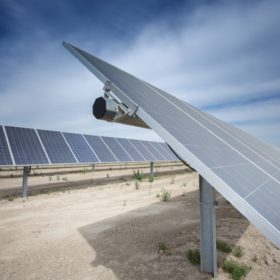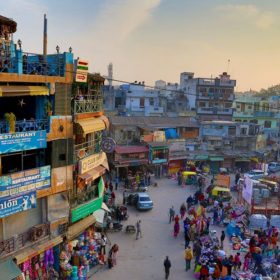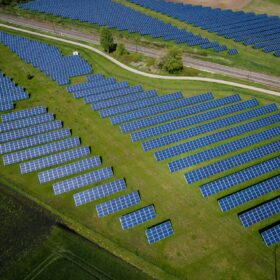Cygni Energy raises US$6.4 million, aims to triple solar DC capacity
Hyderabad based Cygni Energy plans to utilize the capital to triple its solar DC solutions production capacity from 4,000 units to 12,000 by H1 2019, develop new technology-enabled products and streamline the product lifecycle, as well as expand nationally and internationally.
Funding the key obstacle to renewables in Asia
Banks categorize renewable energy projects as risky and believe they offer lower rates of return than fossil fuel schemes, making them reluctant lenders.
Will the falling rupee scupper India’s solar dream?
The currency is reaching new lows. As concerns about Turkey’s economic woes persisted last week, the rupee hit a record low of 70.32 to the dollar, having breached the historic 70 mark earlier in the week.
Almost 60 GW of new solar by 2023
A combination of national, state and public body commitments could see the amount of PV added nationally treble on the last four-year period. But even with a new 7-8 GW added, rooftop solar will still be bringing up the rear.
State-owned miner plans 300 MW of solar
The Singareni Collieries Company plans to pump more than Rs400 crore into nine PV projects across its operations in Telangana state. The largest of the new installations will be two 60 MW plants.
KfW signs €200 million loan agreement with REC for rural PV development
In 2015, Germany and India signed a deal outlining plans by Germany to provide loans amounting to €1 billion for the development of Indian solar PV plans. Loans are provided through development bank, KfW. On the Indian side, REC issues low-interest loan schemes in conjunction with private sector participation to disperse the funds.
33 MW rooftop tender a first for India
With more than 550 rooftops identified to save installation time and costs, the scheme will be divided into 27 project groups backed by the Madhya Pradesh and federal governments. PPA agreements are already in place.
No 25% duty after effect? Odisha auction sees low tariffs
In the first big auction, a day after the imposition of a 25% safeguard duty on solar imports, the winning tariff of Rs 2.79 (US$0.041) at the 200 MW Odisha auction took the industry by surprise.
Quality issues in Indian PV projects jeopardizing investments – report
Inspectors from solar risk management company PI Berlin visited six projects and exposed cost-cutting in installation, non-existent warranties, serious safety concerns and improbable performance figures.
India: Karnataka tops in renewables capacity, may double it in a decade
Owing to a rapid scaling up of solar capacity, Karnataka has overtaken Tamil Nadu to become India’s top state in terms of installed renewable energy capacity. The state installed 5 GW of new PV capacity in 2017-18 alone—according to a report by the US-based Institute for Energy Economics and Financial Analysis (IEEFA).














